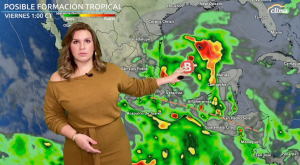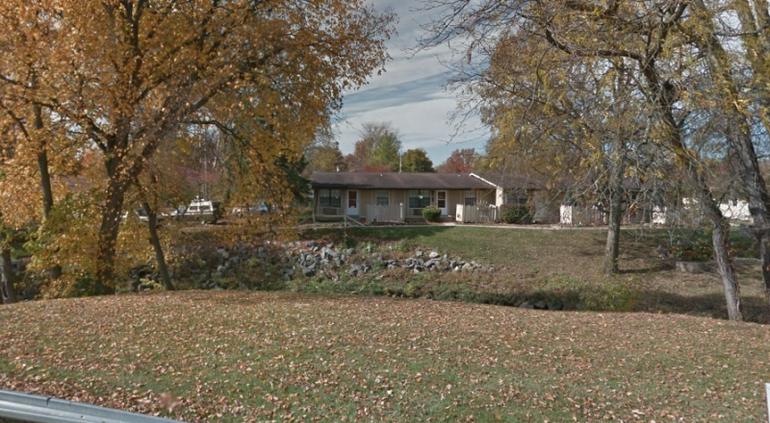

#Clima en columbus ohio series
( i) Taylor diagram for comparison between proxy and simulated time series of δ 18O anomalies: GISP ice core (filled square), Rapid Core δ 18O c in G. The colour of the squares represents the slopes according to the color bar, and RMSE values are indicated in the center of each cell. Plots ( a– d) are for experiments in part A, while plots ( e– h) are for experiments in part B. ( a) to ( h) are the slope and RMSE values for each experiment. Our estimate is of the same order of magnitude as projected future GIS melting rates under the high emission scenario RCP8.5.Īnalysis of simulations in Table 1-Parts A and B. Our results suggest that a combination of 5.3 m of meltwater in sea level rise equivalent (SLR) released over a thousand years, with a short intensification over ~ 130 years (an additional 2.2 m of equivalent SLR) due to routing of the Canadian river discharge, best reproduces the proxy anomalies. In this study, we compare sea surface temperatures and oxygen isotope ratios from 28 isotope-enabled model simulations with 35 paleoproxy records to constrain the meltwater released during the 8.2 ka event. Although this event has been considered a possible analogue for future ocean circulation changes due to the projected Greenland Ice Sheet (GIS) melting, large uncertainties in the amount and rate of freshwater released during the 8.2 ka event make such a comparison difficult. Beware! The strength of the UV rays is increased nearly double-fold by the reflection of the snow.The northern hemisphere experienced an abrupt cold event ~ 8200 years ago (the 8.2 ka event) that was triggered by the release of meltwater into the Labrador Sea, and resulting in a weakening of the poleward oceanic heat transport. Sun-protective clothing, a long-sleeved shirt and pants, a wide-brimmed hat, and UVA and UVB-blocking sunglasses are particularly helpful in blocking UV radiation's harmful effects. The Sun's most intense and consequently most harmful UV radiation during midday hours should be decreased by minimizing exposure and seeking shade. Take precautions - Protection against sunburn is recommended. Note: In October, the average maximum UV index of 3 translate into the following recommendations: A UV Index estimate of 3 to 5 represents a medium health hazard from exposure to the Sun's UV radiation for the ordinary person. UV indexIn October, the average daily maximum UV index is 3. SunshineIn October, the average sunshine is 6.2h. On the last day of the month, sunrise is at 8:00 am and sunset at 6:31 pm EDT. On the first day of October in Columbus, sunrise is at 7:28 am and sunset at 7:14 pm. DaylightIn October, the average length of the day is 11h and 8min. In Columbus, during the entire year, snow falls for 42.3 days and aggregates up to 12.28" (312mm) of snow. Throughout October, in the average 0.3 snowfall days, it receives 0.08" (2mm) of snow. October is the first month it typically snows. SnowfallMonths with snowfall are January through April, October through December.

Throughout the year, in Columbus, there are 164.3 rainfall days, and 30.55" (776mm) of precipitation is accumulated. Throughout October, 2.4" (61mm) of precipitation is accumulated.

Rainfall In October, in Columbus, the rain falls for 13.3 days. HumidityWith an average relative humidity of 73%, October is the least humid month in Columbus. In October, the average low-temperature is 46.9☏ (8.3☌). TemperatureIn October, the average high-temperature decreases from a warm 76.1☏ (24.5☌) in September to a comfortable 63☏ (17.2☌). October, like September, in Columbus, Ohio, is another enjoyable autumn month, with an average temperature varying between 63☏ (17.2☌) and 46.9☏ (8.3☌).


 0 kommentar(er)
0 kommentar(er)
